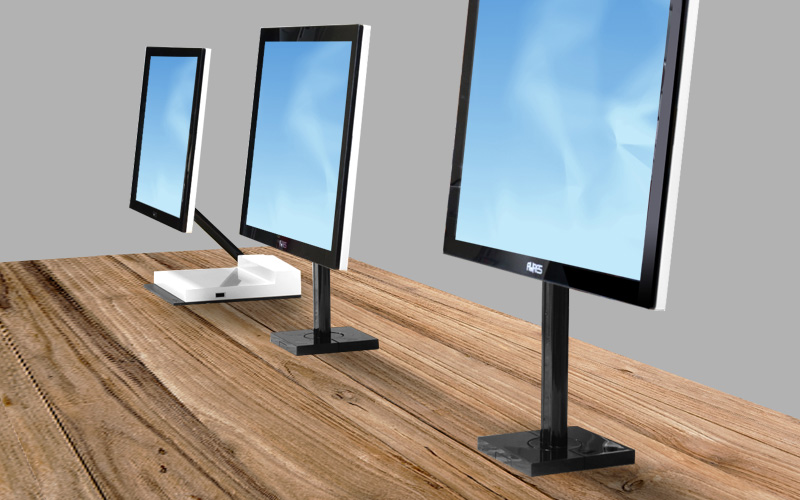Four Key Questions to Ask
Point of Sale (POS) hardware is a key asset for any hospitality, leisure, or entertainment business, not to mention physical retail stores.
Aside from the obvious point that, without it, you cannot make a sale, POS is also a main touchpoint with customers. It’s where you run your loyalty programs from, where you promote and cross-sell other products, and it’s where you can provide the added-value service that keeps customers coming back time and time again.
But customer expectations and behaviors are changing, especially in light of the growth of digital commerce. On-premise operators have to move with the times to deliver the kind of experiences consumers expect these days – seamless, personalized journeys with a major focus on quality service.
No business can achieve these goals without the right technology in place, starting with POS. Out-of-date legacy systems can quickly see you lose your competitive edge.
So is it time to upgrade your POS assets in line with your business goals? Here are four questions to ask yourself.
Does your POS set-up include self-service?
Half of all consumers in the US already say they use self-service checkout in stores regularly, and that number is only going up. If digital commerce has taught us one thing about customer preferences, it’s that people love to do things for themselves – especially if it means not having to wait in line for assistance.
Self-service kiosks are fast becoming a must-have part of POS not just in retail, but in the hospitality and leisure industries too. Aside from automated checkout, kiosks are being used for ticketing and time-slot bookings, ordering food in restaurants, hotel check-in and check-out, click and collect retail services and more.
Strategic use of kiosks offers a number of benefits including streamlining service and increasing throughput, therefore helping boost revenues while customers enjoy a better experience.
Does your POS system allow you to provide service on the move?
The term ‘point of sale’ may well be on its way to becoming obsolete. A sales point is a fixed location set aside for the purpose of processing transactions. But with changes in technology, this static view of how and where sales and service can be delivered is giving way to something much more flexible.
Mobile POS – purpose-built tablets with all the functionality of a fixed terminal – lets you take POS to the customer, rather than making them come to you (and wait in line for the privilege). From line busting to table service to pop-up stalls, mobile POS helps to make your business more dynamic and responsive to what your customers want.
Does your POS help to inform and empower customers?
One of the reasons why kiosks are such a hot trend is because giving consumers the option to do things for themselves is seen as empowering. But there are other ways to use POS to hand back control to your customers, too.
For example, do your POS terminals include customer-facing displays so they can see exactly what is happening as you process a transaction? This extra level of transparency helps to build trust. It also provides opportunities to up- and cross-sell, i.e. by showing customers what else they can have, rather than just talking about it.
Displays can similarly be used throughout a venue to run promotions and marketing campaigns. And touchscreen terminals or kiosks can be used as information points for customers, similar to the way most commercial websites these days feature a self-service knowledgebase for people to answer their own queries.
Does POS support an optimized layout of your premises?
Stop and take a look around your store, restaurant, hotel lobby or ticket hall. Put yourself in your customers’ shoes. Does the way everything is laid out help them get from A to B to C with minimum obstacles? Are there any bottlenecks?
If there are, you can bet the location of your POS has something to do with it. And that’s because, traditionally, POS installations have prioritized practical business needs, not optimizing the customer experience. You put your POS terminals where it is easiest to run cabling to, where you have the room for a large unit to house the computing hardware.
But all of that has changed. With wireless networks and cloud-based operating platforms, there’s much greater flexibility to locate your POS wherever you like. POS terminals themselves are much more compact and can be installed or mounted in a variety of different ways.
With the option of mobile POS, you can afford to slim down the number of fixed sales points you have. Or, you can mix and match traditional POS with kiosks in a way that is designed to avoid long lines and eliminate bottlenecks.
All of this adds up to greater freedom to optimize the use of space in your premises to improve the customer experience.


